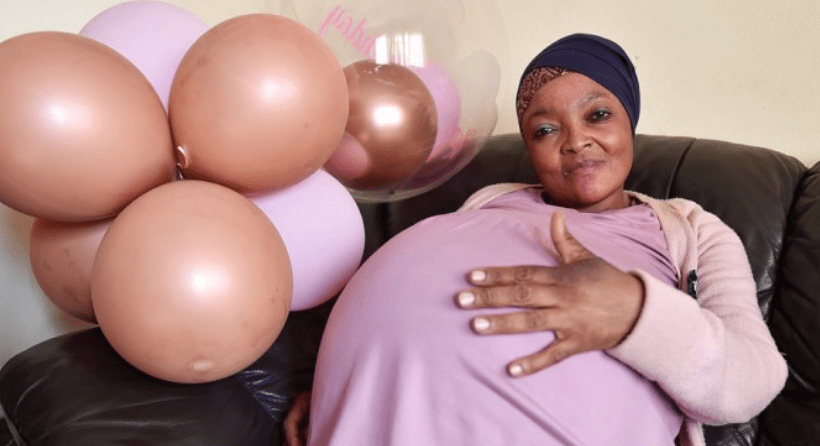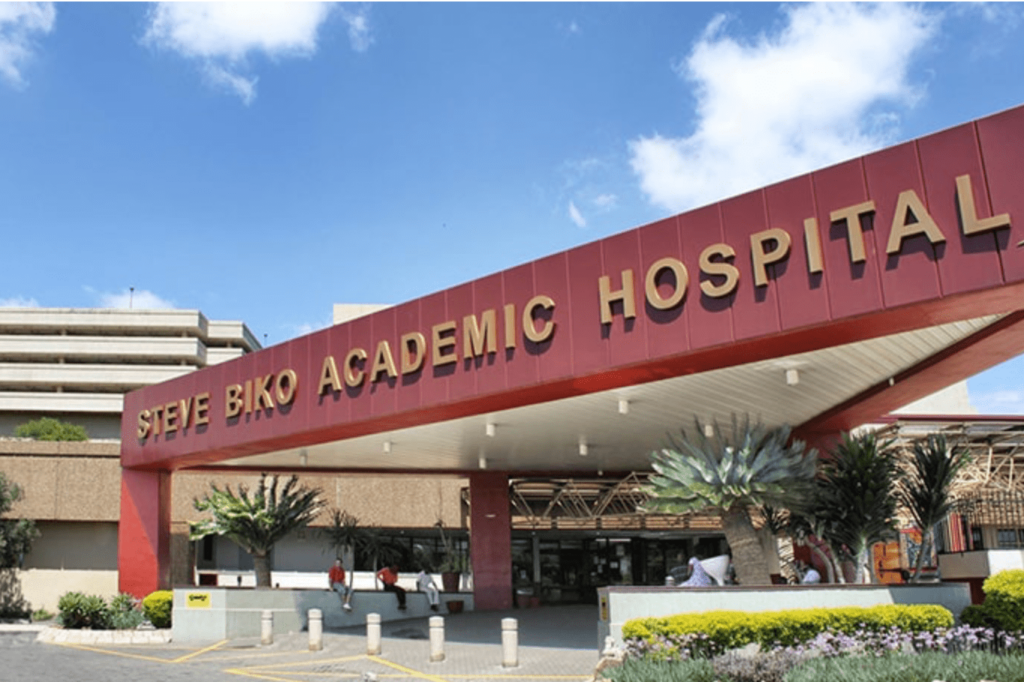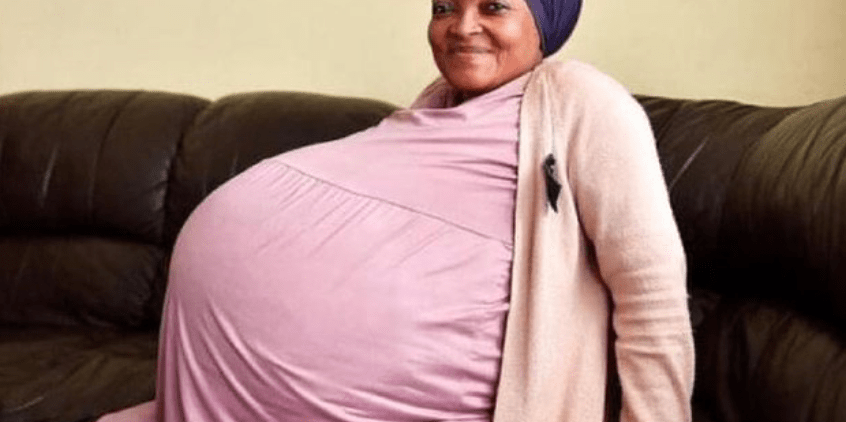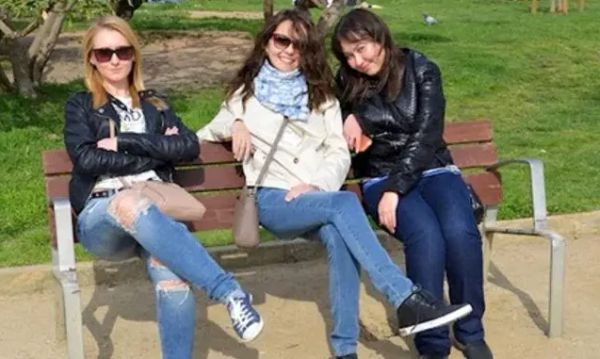The birth of multiple babies has always been a source of wonder for people, as it is a challenging feat to give birth to more than one child at once. Gosiame Thamara Sithole’s story gained worldwide attention during the summer of 2021, leaving many people surprised and amazed.
However, Sithole’s incredible story raised doubts that prompted the authorities to investigate its veracity. The investigation revealed that her claim was not true, which sparked extensive discussions around the globe.

In June 2021, the Pretoria News reported that Gosiame Thamara Sithole, a 37-year-old woman, had given birth to 10 babies at the Steve Biko Academic Hospital in South Africa, a news that was undoubtedly shocking. As expected, the news went viral quickly.
Gosiame and her partner Teboho, who come from a working-class family, were taken aback when they discovered they had 10 children. They were initially expecting eight children.

The news of Gosiame Thamara Sithole giving birth to 10 babies quickly spread across websites and publications worldwide. People were amazed by the rare occurrence of a woman giving birth to 10 babies, and the news generated significant interest, especially since it was believed that this would be a world record. The babies were dubbed the ‘Tembisa 10’, and Pretoria News provided comprehensive details about the birth, including that Gosiame gave birth to seven boys and three girls via caesarean section. Remarkably, the pregnancy was natural, and she did not undergo any fertility treatments.

In June 2021, Gosiame had revealed that her pregnancy had come as a shock to her, and she found it to be a very challenging experience. Despite her fear and concerns, she eagerly looked forward to meeting her babies and hoped that they would all be born healthy.

The remarkable story of Gosiame Thamara Sithole and her ‘Tembisa 10’ babies was so impressive that many people came forward to donate $70,000 to assist the parents in raising their children, which is undoubtedly a challenging and costly undertaking. Nevertheless, doubts persisted about the veracity of the story, and the Gauteng Provincial Government launched an investigation to confirm the existence of the babies. Unfortunately, it appears that the babies did not exist, as no information about their birth could be found in any hospital records.
Following the authorities’ investigation, it was discovered that none of the hospitals in the province had records of such a birth occurring, whether in public or private facilities. Further inquiry revealed that Gosiame had not been pregnant at all, as medical examinations showed that she had not given birth recently. The revelation that the story was a complete fabrication raised questions about the motives behind the lie, and many wondered who stood to benefit from such a sensationalized story.

In a surprising turn of events, the journalist who originally wrote the story about the birth of the ‘Tembisa 10’ later accused the authorities of covering up the story and concealing the truth about the birth. However, the authorities denied these allegations and sued both the journalist and the newspaper for defamation.
Eventually, the journalist, Piet Rampedi, publicly admitted to making mistakes and acknowledged that he should have handled the story differently, particularly with regards to the verification process. He stated that he never treated the story as an investigation and did not use any investigative tools or checklists. Despite still believing that Gosiame was pregnant, he accepted that some aspects of the story were not accurate and should not have been published.
It is important to note that journalists have a responsibility to fact-check their stories and ensure that they are publishing accurate information. While it is understandable that Piet may have trusted Gosiame and her family, it is not an excuse for not verifying the information before publishing it. This case serves as a reminder to all journalists to uphold the principles of integrity and accuracy in their reporting.

Yes, it is important to be critical and skeptical of the information we come across, especially when it comes to sensational news stories that seem too good (or too outrageous) to be true. It’s also important to fact-check information before sharing it, as spreading misinformation can have serious consequences. In this case, it’s good to hear that Gosiame is receiving the necessary medical help, regardless of the outcome of the investigation.




